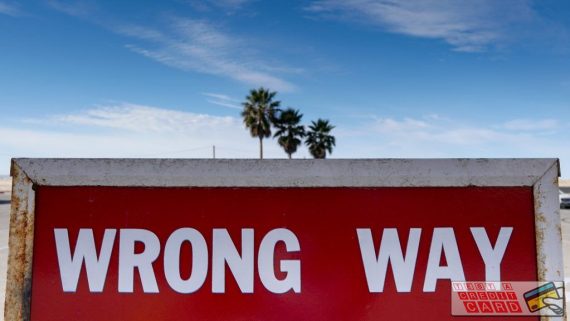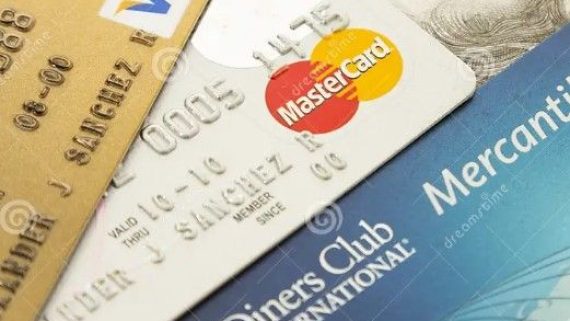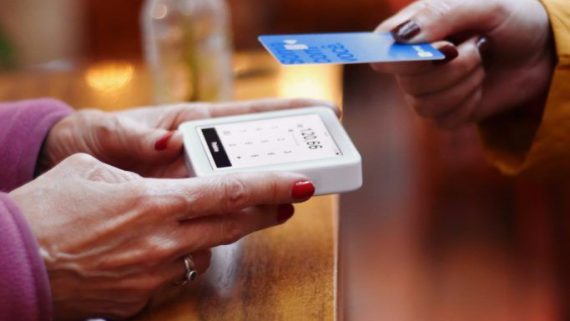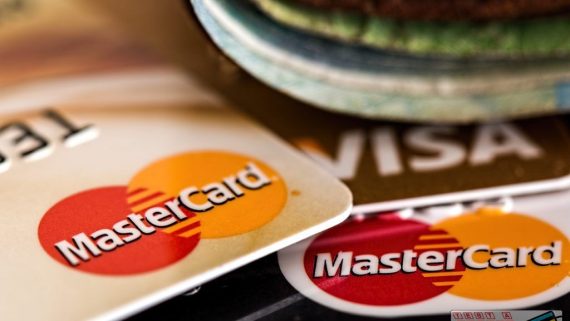How-to develop an approach to a successful debt-free living

THE DEBT

According to Megan Leonhardt, a senior money writer for CNBC, most Americans have a combination of credit cards, mortgages, student loans, car loans, and consumer loans that are increasing yearly. An average American citizen has around $38,000 of consumer debt excluding house mortgages (Leonhardt). Emily Holbrook, a director of planning for Northwestern Mutual, says “Despite recognizing that debt is dangerous waters, Americans are jumping in with both feet and struggling to stay afloat” (Holbrook).
The FIRST step to recovery
Your first step to a debt-free living must be an emergency fund with at least $1000 in savings. The emergency fund money would only be for real emergencies. Purchasing a new pair of shoes that you waited for so long to go on sale or buying a new skirt for 50% off that fits you perfectly are not considered emergencies. Money that laid aside either in cash currency or separately deposited into a saving account for minor unplanned or unexpected situations such as car troubles, home repairs, medical expenses and etc., are for real emergencies. Remember that things break, accidents happen and if you are not prepared for it, your credit card debt will continue to pile up.
The SECOND step
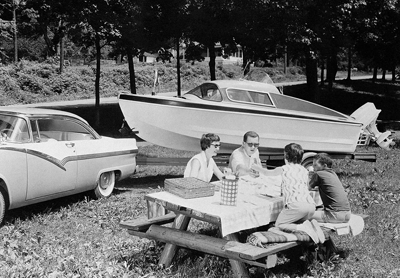
The second step, and one of the most important steps, is to pay off all your credit card and loan debt. It is very important to start to pay off your debt using a snowball method. List on the piece of the paper all loans and debt that you own including credit card debt, mortgage, vehicle loans, student and consumer loans. Snowball method is about finding and starting to pay off each debt from the smallest balance to the largest.
For example, let say you have $20,000 of debt in student loan, $5,000 in credit cards, and $10,000 debt in a car loan. Besides paying minimum balances for each debt every month, you should first focus on paying off $5,000 in credit card debt, the smallest balance. Get an extra part-time job, cut on spending, eating out or shopping trips. Challenge yourself to pay off your debt of $5,000. Make yourself a specific deadline, focus and get it done. You will see how victorious it feels when you finally pay off your first debt. Seize the moment and let the feeling of victory carry you on. Pick up your next smallest debt of $10,000 in car loans and focus all your energy to pay it off. Step two is work in progress; it doesn’t end until you pay all your debts. At the same time, from the moment you start working on step two, you should start working on step three.
The THIRD step
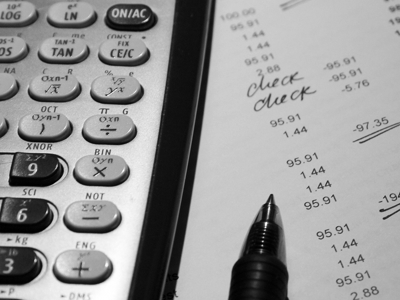
Step three is taking control of your expenses. Download your monthly credit card statements for the last three months. Create an extensive list of your monthly expenses. Write down every dollar you spend with credit cards or cash, including automatic payments like the electric bill, internet, rent, cable, gas, insurance, monthly app subscriptions and so on. Also add to the list as a separate section of yearly expenses such as gym membership, store memberships like Amazon, Sams Club, etc. Add your average expense on the clothes, shoes and eating out for the last three months. Take a good look at the list; see your patterns and flaws.
Now, think about where you can save. Consider eating home-cooked meals more often instead of eating out, cancel some of the services like cable, automatic app subscriptions or store memberships that you don’t use often or do not use at all. Always challenge yourself to save here or there. For example, do not buy any piece of clothes or shoes for the next three months unless absolutely necessary, or limit your time in front of the computer browsing online stores. Avoiding the temptations is probably one of the most prominent factors to escape overspending.
The FOURTH step
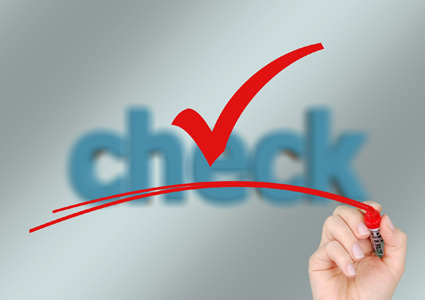
Concurrently, after step three, the fourth step would come in handy: learn how to budget. There are many methods on how to budget, but a very successful and easy method is cash envelop system. Take a new piece of paper and make a list of your basic monthly expenses, such as rent, gas, car insurance, food, electric bills, internet, phone bill, clothes, monthly debt payments and entertainment. Write down an average basic monthly expense next to each category.
THE KEY STEP
You are now ready to budget. Take a bunch of postcard size envelopes and write on top of each envelop the name of each category as mentioned above. Every time you receive a paycheck you should cash it and fill up your envelopes by the sum of money you assigned on your list. Do not use money from other envelopes, only those that assigned. Revisit your list of expenses every month by the end of every month to update a cost, add an item or revise the sum. Plan your big purchases and list them on your monthly budget.
If it is not on the monthly budget, and there is no envelope for it then you are not purchasing it this month.
Plan it; write it down, make an envelope, put money aside, and only then, you can buy it. Be encouraged to use cash currency only. A very important key in envelope system budgeting is physically destroying your credit cards.
You know yourself very well. Ask yourself a question: Can you control your spending by using a credit card every day? Most likely not, if you haven’t done it to this point. In a digital world, it is impossible to live without a credit card so it is suggested keeping only one to two credit cards for automatic electronic bills like internet, electric bills, water bills, gas, and car insurance only.
The "No Credit Cards" step
Do not use credit cards for shopping for food, clothes, and entertainment. With time you will learn that giving away your hard made money in paper currency that is limited and put aside much harder than swiping your credit cards every time you are making a purchase. If you decide to keep a couple of credit cards for automatic electronic payment of bills, make sure you are paying them off by the end of each month. Be responsible.
The FINAL Step

Finally, the last step and advice are to live within your means. In other words: do not try “to keep up with Joneses”. The catchy quote by Dave Ramsey fits here just right:
“We buy things we don’t need with money we don’t have to impress people we don’t like” (Ramsey).
What a strong statement! Do you feel goose bumps just by reading this sentence? We do buy things we don’t need (luxurious and expensive vehicles or branded clothes, shoes and watches) and we do buy them with money we don’t really have (credit cards, loans) to impress people we don’t really know or like (boss, neighbors, coworkers, classmates).
Remember, spend your money only on goods and services you can affort by paying cash. Think twice before purchasing a new item, especially an expensive one. Ask yourself a question and challenge yourself: Do you need another branded handbag and a dress for an upcoming party or you can still use one of those that you already own? Sleep on it first. If the answer yes, then plan it and incorporate in your budget, only then, buy it. It might take some time until you can truly afford to purchase the item that you really wish to have. And this time can actually be helpful in making the right decision as you could even change your mind about owning in the first place.
Debt-free living can be a hard and long process but it is a very rewarding and life-changing experience. To accomplish this state you must have a starter emergency fund with at least $1000 in savings.
- Start paying off all of your credit card balances and loan debts using a snowball method. By taking control over your monthly expenses you may see your flaws and spending patterns that could help you to find many ways to save you money.
- Learn how to budget by using cash envelope system and purchase services or goods that you can afford with paying cash.
- Live within your means and don’t let anyone influence your decision of becoming debt-free.
An average American has a combination of debt that is increasing yearly, however, this does not have to be your “normal” simply because there are steps you can take to live successfully debt-free.
– – – – – – – – – – – – – – – – – – – – – –
Works Cited
– – – – – – – – – – – – – – – – – – – – – –
* Leonhardt, Megan. “Here’s How Much Debt Americans Have at Every Age.” CNBC, CNBC, 20 Aug. 2018, [www.cnbc.com/2018/08/20/how-much-debt-americans-have-at-every-age.html]
* Ramsey, Dave. The Total Money Makeover Workbook: a Proven Plan for Financial Fitness. Nelson Books, an Imprint of Thomas Nelson, 2018.

